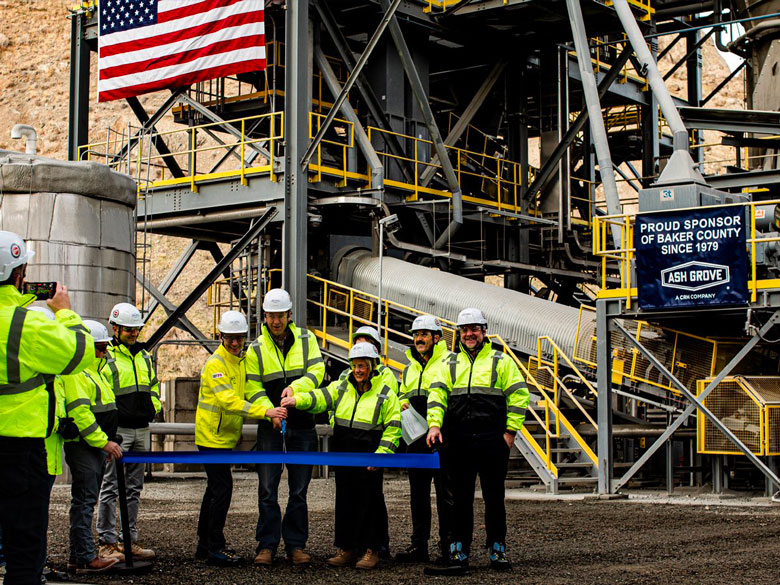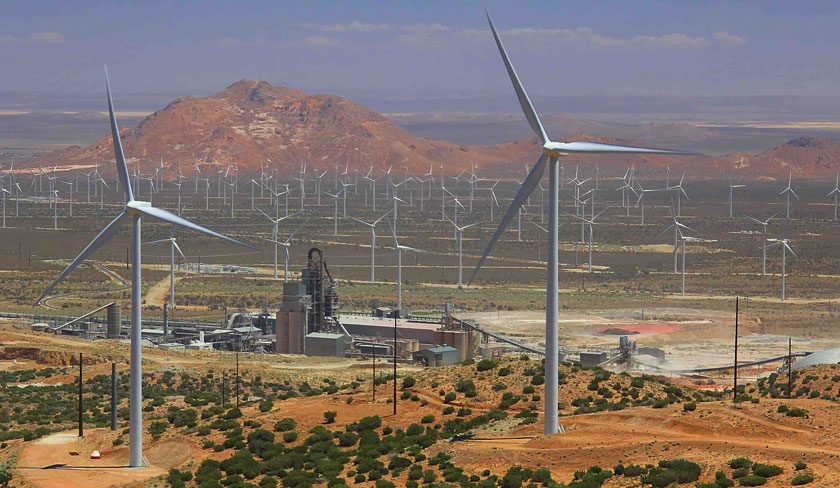HeidelbergCement presented its new strategy “Beyond 2020” at its Capital Markets Day. Key elements of the strategy are new medium-term financial and sustainability targets that the group aims to achieve by 2025.
“We see climate change and digitalization as the two central challenges of the future for society and for our company,” said Dr. Dominik von Achten, CEO of HeidelbergCement. “As one of the world’s leading building materials producers, we have the ambition and the innovative strength to actively shape this change in a pioneering role. At the same time, we see further optimization potential in our plants and processes. Ecology and economy are not contradictory. Our new medium-term targets for 2025 illustrate this claim.”
By 2025, HeidelbergCement aims to reduce specific net CO2 emissions to below 525 kg per tonne of cementitious material. This figure corresponds to a reduction of 30% compared to 1990 and had previously only been targeted for 2030. The group has already succeeded in reducing its CO2 emissions by 22% between 1990 and 2019. By 2030, emissions are expected to fall to below 500 kg per tonne of cementitious material. To achieve this, the company has defined concrete measures for all plants worldwide.
HeidelbergCement aims to be a pioneer in the building materials industry in the gradual reduction of CO2 emissions. The company aims to offer carbon-neutral concrete by 2050 at the latest.
HeidelbergCement has also set itself new medium-term targets for EBITDA margin and return on invested capital. By 2025, the ratio of result from current operations before depreciation and amortization to revenue (EBITDA margin) is to increase by 300 basis points to 22%. Margin drivers are active portfolio management, business excellence initiatives in sales, production, and administration as well as digital transformation. On this basis, the company aims to achieve a return on invested capital (ROIC) of clearly above 8% by 2025.
Portfolio management focuses on simplifying the country portfolio and prioritizing the strongest market positions. This includes accelerated divestments if expected returns cannot be achieved in the medium term. Selective acquisitions in existing markets must meet high result and return expectations. Basically, the company is maintaining its balanced positioning in mature and growth markets.
At the same time, HeidelbergCement has launched a digitalization initiative. Three digital pillars will contribute to improving the EBITDA margin. The digital HConnect products improve the interface to the customer and are expected to cover more than 75% of the worldwide sales volume by 2025. The HProduce and HService solutions are expected to enable significant efficiency gains and cost reductions in the production and administration processes.



